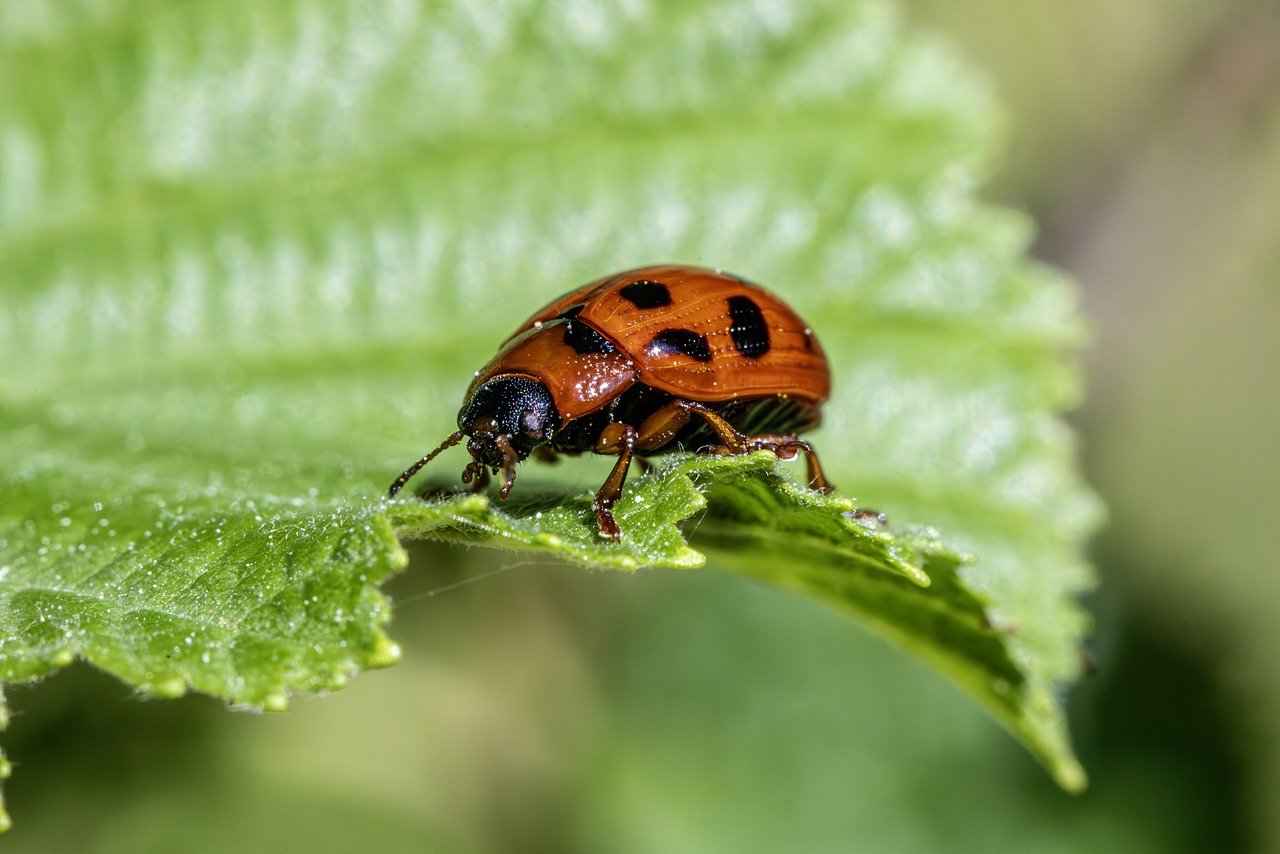The secret to managing pests without massacre lies in implementing integrated pest management (IPM) practices. By employing strategies that focus on prevention, monitoring, and control of pests using a combination of biological, cultural, physical, and chemical methods, farmers can effectively reduce pest populations while minimizing harm to beneficial organisms and the environment. This approach requires a deep understanding of pest behavior, ecology, and natural enemies, as well as careful monitoring and decision-making based on economic thresholds. By adopting IPM principles, farmers can achieve sustainable pest control solutions that are cost-effective and environmentally friendly in the long term. It is crucial for farmers to stay informed about best practices and seek guidance from agricultural experts to successfully implement IPM strategies on their farms.
Monitoring: Regularly check crops for pest populations and signs of damage. Use traps or visual inspections.
Thresholds: Establish action thresholds to determine when pest levels are concerning enough to require intervention.
Diverse Practices: Combine biological, cultural, physical, and chemical tools tailored to your specific situation.
2. Biological Control
Natural Predators: Introduce or encourage beneficial insects (like ladybugs or lacewings) that prey on pests.
Microbial Solutions: Use beneficial microbes or nematodes that target specific pest species.
3. Cultural Practices
Crop Rotation: Alternate crops to disrupt pest life cycles and prevent infestations.
Companion Planting: Plant compatible species together to deter pests (e.g., marigolds with vegetables).
4. Mechanical Control
Physical Barriers: Use nets, row covers, or traps to physically block pests from accessing plants.
Handpicking: For small gardens, manually remove pests like caterpillars or beetles.
5. Chemical Alternatives
Organic Pesticides: When necessary, opt for less toxic options, like neem oil or insecticidal soap, which are less harmful to beneficial organisms.
Targeted Application: Apply chemicals selectively and at times when beneficial insects are less active.
6. Habitat Management Encourage Biodiversity: Create habitats for beneficial insects, such as planting hedgerows or wildflower strips.
Water Management: Prevent standing water to reduce mosquito breeding and other pest habitats.
7. Education and Collaboration
Stay Informed: Keep up with the latest research and pest management techniques.
Local Networks: Join or form local farmer groups to share experiences and strategies.
By using these methods, farmers can manage pests effectively while minimizing harm to the ecosystem. Remember, a balanced approach not only protects crops but also supports the health of the surrounding environment!
